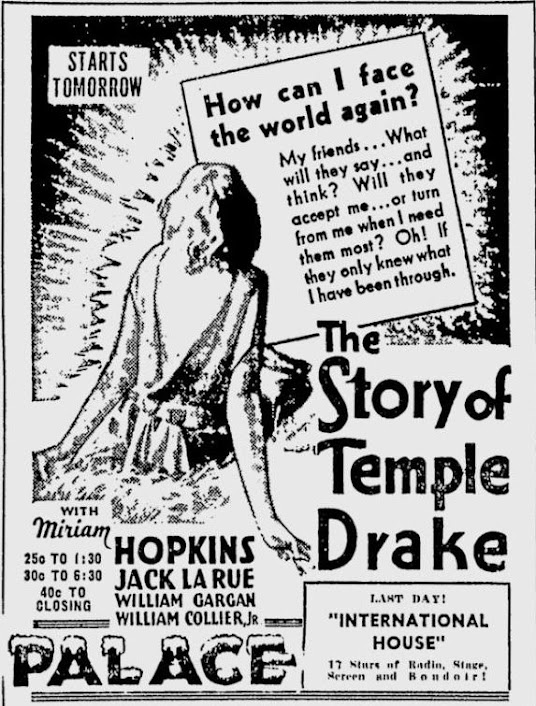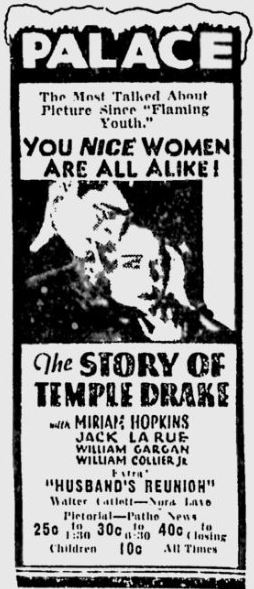

Before adapting Theodore V. Olsen's novel Arrows in the Sun, writer John Gay had scripted the comedy western The Hallelujah Trail, while director Ralph Nelson had helmed the western drama Duel at Diablo. Nelson, at least, had established his credentials as a wrangler of sweeping outdoor action. Neither he nor Gay seemed from prior work like the sorts to make a revisionist western, yet Soldier Blue is nothing if not that. It is revisionist in content if not in form, retaining the classic sweep and widescreen framing of earlier westerns while subverting earlier archetypes and blatantly inviting comparisons with the massacres of the Vietnam War. Nelson and cinematographer Robert B. Hauser give the film an epic look and clearly had plenty of money to spend, but may have risked charges of anti-Americanism by portraying the U.S. Cavalry as blatant murderers of peaceful natives.

The story starts from the opposite end conceptually, with Pvt. Honus Gent (Peter Strauss) barely surviving the massacre of his cavalry unit by Cheyenne warriors. His unit was escorting a rescued captive, Cresta Lee (Candice Bergen) to her fiancee, also a cavalryman. During the bloody battle -- it opens with Honus's buddy catching a bullet in the face -- Cresta manages to rescue herself. The first genre reversal of the picture is Cresta's role as the experienced wilderness survivor in place of the typical older, stronger male. She'd been taken by the Cheyenne two years earlier and was with them long enough to learn more woodcraft than the rookie Honus has. Her personality is defined by her city background. New York is where she got her filthy mouth and her feisty no-nonsense attitude, qualities that seem anachronistic in the setting but are meant to make her the audience-identification figure in 1970. Despite her technical captivity, Cresta embodies an alternative synthesis of urban modernity and native wisdom, refusing the alternative frontier attitude of conflict and conquest. She never truly goes native -- she tells Honus that she's not a Cheyenne and never will be -- but she identifies with them more than with the soldiers she's stuck with in more than one sense.

With Cresta as his guide, Honus has a consciousness-raising journey back to the army. Initially inclined to think of Cresta as a traitor and a tramp, he gradually gives in to what we're meant to see, looking past Candice Bergen's abrasively one-note performance, as the young woman's natural charm. They see the worst of red and white, Honus being forced to fight a brave to the death for a lost sock, then teaming with Cresta to thwart a peddler (Donald Pleasance) selling rifles to the Indians. Having stopped him, our heroes think they've prevented a war, but gloryhound Col. Iverson (veteran western character actor John Anderson) has different ideas. Seeing his army massing for an attack, Cresta runs to the Cheyenne to warn them to flee, but while a handful foolishly want to fight back, her onetime husband Chief Spotted Wolf (Jorge Riviero) more foolishly thinks that his gifts from the U.S. government -- a flag, a medal -- will convince Iverson of his peaceful intentions.
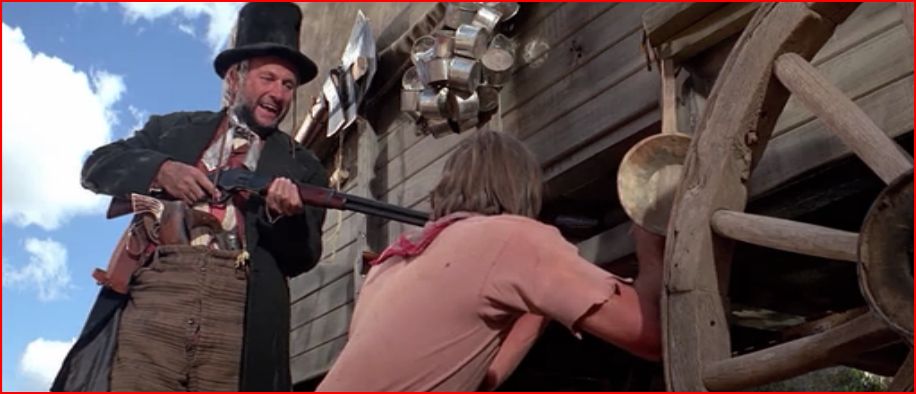

The infamous massacre, based on the Sand Creek slaughter of 1864, ensues. Nelson clearly feels licensed by the success of The Wild Bunch to escalate the violence to levels he would not have dared imagine at the time of Duel at Diablo, just four years earlier. It's a make-or-break moment for the film, if audiences haven't already been turned off by the braying Bergen or the whiny Strauss, who looks and sounds sort of like a Rankin-Bass puppet. Seeing it with somewhat more mature eyes, I think I understand that what I got a kick from long ago hurts the scene and the movie. The main problem with the massacre scene is that Nelson punctuates it with special effects that reduce the moral horror he hoped to evoke into simple spectacle. An Indian boy gets a bullet through his face the way the cavalry guy did at the start of the picture. Blood flies everywhere. In the most blatant example, Nelson zooms in on an isolated woman screaming as a soldier charges with his sabre. In the next shot, the soldier decapitates a dummy. This is not something you do if you want to focus the audience's moral attention on the terror inflicted on the Cheyenne.



The decapitation is an effect, an end unto itself as in horror movies -- but recall that horror movies may horrify but generally don't provoke the sort of moral outrage Nelson and Guy were aiming for. If they do, the outrage is directed at the film itself, just as it was directed against Soldier Blue, more often than it's directed at the fictional characters perpetrating the atrocity. In the very same year, Arthur Penn directed a massacre of Indians in Little Big Man that, in my memory at least, was less concerned with extreme effects yet more effective in its similar revisionist purpose despite leavening it with the humor of Chief Dan George imagining himself invisible. Nelson was trying to do too much, merging the revisionist politics of the era (though sympathy for the Indians goes back to silent movie days) with the revisionist violence of Peckinpah and the spaghetti westerns. Worse, perhaps, he may have used revisionist elements without really having any revisionist sensibility of his own, turning Soldier Blue into a kind of exploitation piece. Above all, Soldier Blue is a revisionist western with Hollywood production values. I'm sure it was meant that way, to be more jarring at its climax, but the effect is somewhat too jarring for the good of the film and its message. This is one of those revisionist westerns that hasn't aged well and will probably endure best as a period piece, an artifact of 1970 rather than a portrait of the Old West.








 As a writer, Le May does a good job of quickly establishing a fairly large group of characters and making their interactions feel familiar and plausible. As a writer and director he manages to get a tolerable performance out of often-overblown Chill Wills, who gets some eloquent scenes describing the violence of the past. As a director, Le May has a good eye for striking locations, and Wills's account of the mass death of cattle at a contested fence, standing amid their whitened bones, has a whiff of epic chill. But Le May's heavyhanded plotting, the creaking contrivance of the real villains' ability not to be seen by anyone but Coon-Cat, ultimately undercuts whatever else he brings to the direction. An early expectation that High Lonesome might prove a rare western horror film -- the eerie possibility that Coon-Cat might indeed have seen ghosts is quickly dissipated, and instead you grow frustrated with all the stupid people who never manage to see Jack Elam sauntering about, without really gaining any more sympathy for the often-scowling and ever-hapless Coon-Cat. As one might expect from a writer of his talent, Le May had promising material to work with, but he learned that directing a movie isn't as easy as writers may think. His film appeared in the same year when Winchester 73, The Gunfighter and Broken Arrow set the tone for the western's greatest decade, and real directors would continue to set the tone. It was eventually up to John Ford to make Alan Le May's most lasting contribution to western cinema for him.
As a writer, Le May does a good job of quickly establishing a fairly large group of characters and making their interactions feel familiar and plausible. As a writer and director he manages to get a tolerable performance out of often-overblown Chill Wills, who gets some eloquent scenes describing the violence of the past. As a director, Le May has a good eye for striking locations, and Wills's account of the mass death of cattle at a contested fence, standing amid their whitened bones, has a whiff of epic chill. But Le May's heavyhanded plotting, the creaking contrivance of the real villains' ability not to be seen by anyone but Coon-Cat, ultimately undercuts whatever else he brings to the direction. An early expectation that High Lonesome might prove a rare western horror film -- the eerie possibility that Coon-Cat might indeed have seen ghosts is quickly dissipated, and instead you grow frustrated with all the stupid people who never manage to see Jack Elam sauntering about, without really gaining any more sympathy for the often-scowling and ever-hapless Coon-Cat. As one might expect from a writer of his talent, Le May had promising material to work with, but he learned that directing a movie isn't as easy as writers may think. His film appeared in the same year when Winchester 73, The Gunfighter and Broken Arrow set the tone for the western's greatest decade, and real directors would continue to set the tone. It was eventually up to John Ford to make Alan Le May's most lasting contribution to western cinema for him.






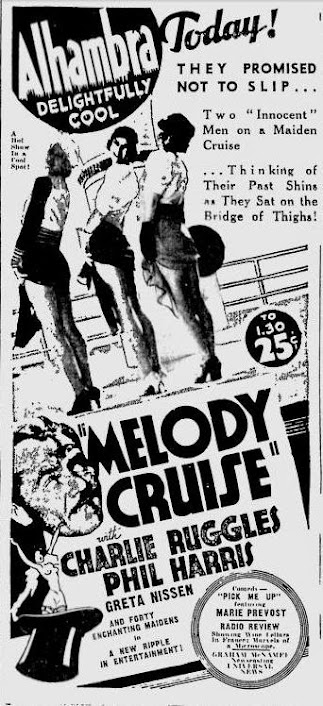
















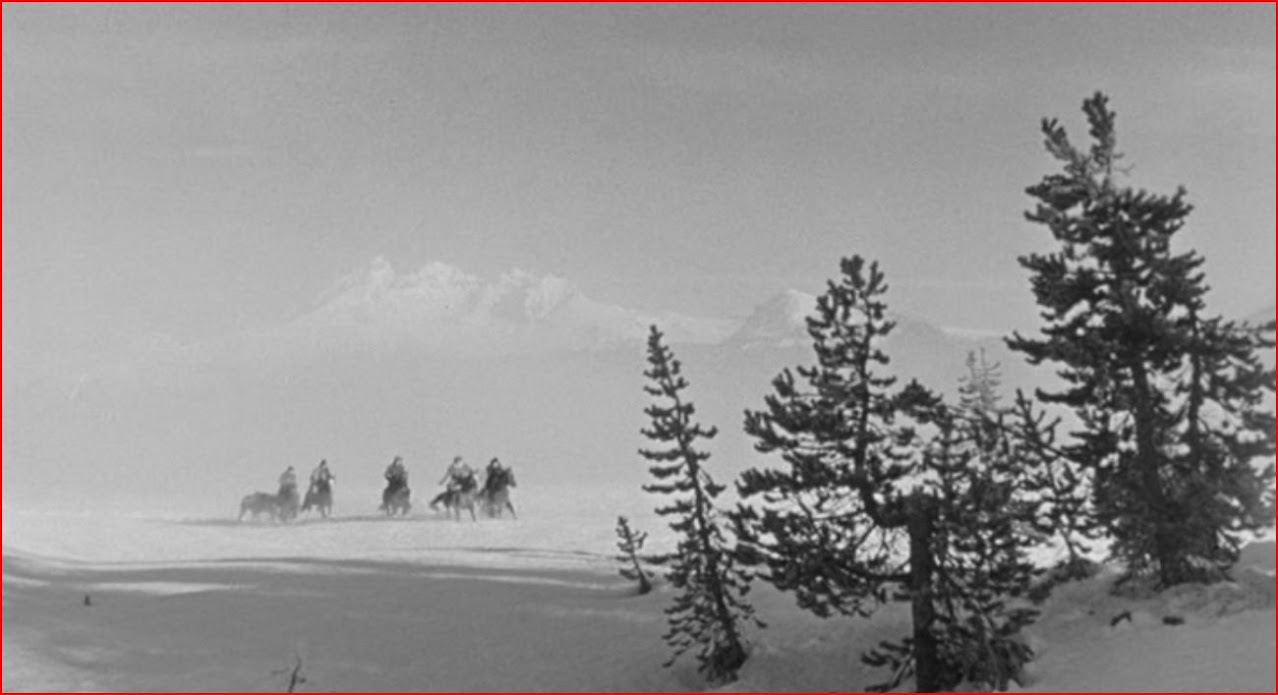
 R
R

